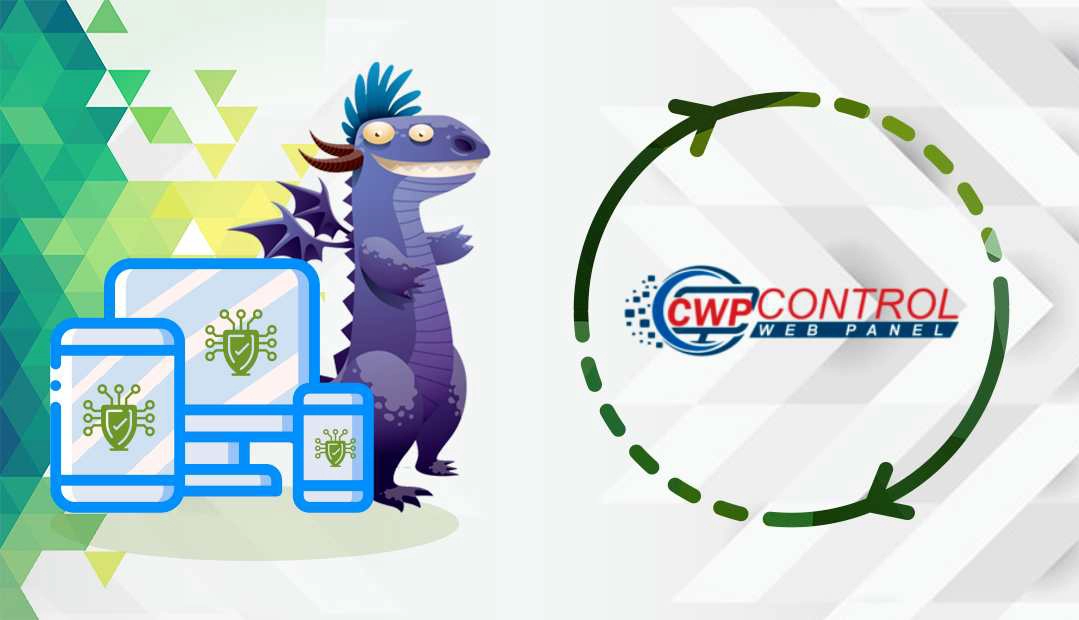This article provides quick instructions on how to install an SSL Certificate on CWP (CentOS Web Panel). In the final section, we’ve also included some tips on where to buy the best SSL Certificate for your website. If you’ve already applied for your SSL Certificate and obtained the necessary SSL files, skip the CSR generation part and jump straight into the installation instructions.
Table of Contents
- Generate the CSR code on CWP
- Install the SSL Certificate on CWP
- Test your SSL installation
- Where to buy the best SSL certificate for CWP?

We also recorded a video that walks you through the entire process. You can watch the video, read the instructions, or do both. You can watch the video below.
Generate the CSR code on CWP
Certificate Signing Request (CSR) is a block of code with encrypted details about your company and the domain name you want to secure. This code is required for the activation of your SSL certificate.
You have two options:
- Use our CSR Generator to create the CSR automatically.
- Follow our step-by-step tutorial on how to generate CSR on CWP.
Open the CSR file with a text editor and copy the entire content into your SSL order form. You can locate your private key in the Private Key tab on your CWP dashboard. The Private Key will automatically be saved in the /etc/pki/tls/private/directory.
Install the SSL Certificate on CWP
After the CA validates your SSL request, you’ll receive the necessary SSL installation files via email. You can download the archived folder and extract its contents on your device.
To install the certificate, perform the steps below.
- Log into your CWP admin area and click on Apache Settings from the left-hand navigation menu.
- From the expanded Apache Settings, select SSL Certificates, and then switch to the Manual Install tab.
- From the drop-down list next to the Domain, choose the domain name you want to secure.
- Now, copy the certificate code you received by email from your CA, including the —–BEGIN CERTIFICATE—– and —–END CERTIFICATE—– tags and paste it to the Certificate box. You can get the code from the file with .crt extension.
- Next, paste your Private Key code generated along with your CSR into the corresponding box. Include the header —–BEGIN PRIVATE KEY—– and footer —–END PRIVATE KEY—-.
- Lastly, copy and paste the chain of intermediate certificates (CA Bundle) into the Certificate Authority box. If you didn’t receive the CA Bundle file, click Generate Intermediate Certificates button instead.
- To ensure that your certificate matches your private key, click Validate Certificate than Save.
Congrats! You’ve successfully installed an SSL certificate on CWP.
Test your SSL installation
After you install the SSL Certificate on CWP, you should run an SSL scan to look for potential errors or vulnerabilities in your configuration. For more info, check our article on the best SSL tools for testing an SSL Certificate.
Where to buy the best SSL certificate for CWP?
SSL dragon is your one-stop place for all your SSL needs. We offer the lowest prices on the market for the entire range of our SSL products. We’ve partnered with the best SSL brands in the industry to offer you high-end SSL security and dedicated support. All our SSL certificates are compatible with CWP.
To help you select the right SSL certificate, we created a couple of handy SSL tools. Our SSL Wizard can recommend the best SSL deal for your online project, while the Certificate Filter, can help you sort and compare various products.
If you find any inaccuracies, or you have details to add to these SSL installation instructions, please feel free to send us your feedback at [email protected]. Your input would be greatly appreciated! Thank you.
Save 10% on SSL Certificates when ordering today!
Fast issuance, strong encryption, 99.99% browser trust, dedicated support, and 25-day money-back guarantee. Coupon code: SAVE10























